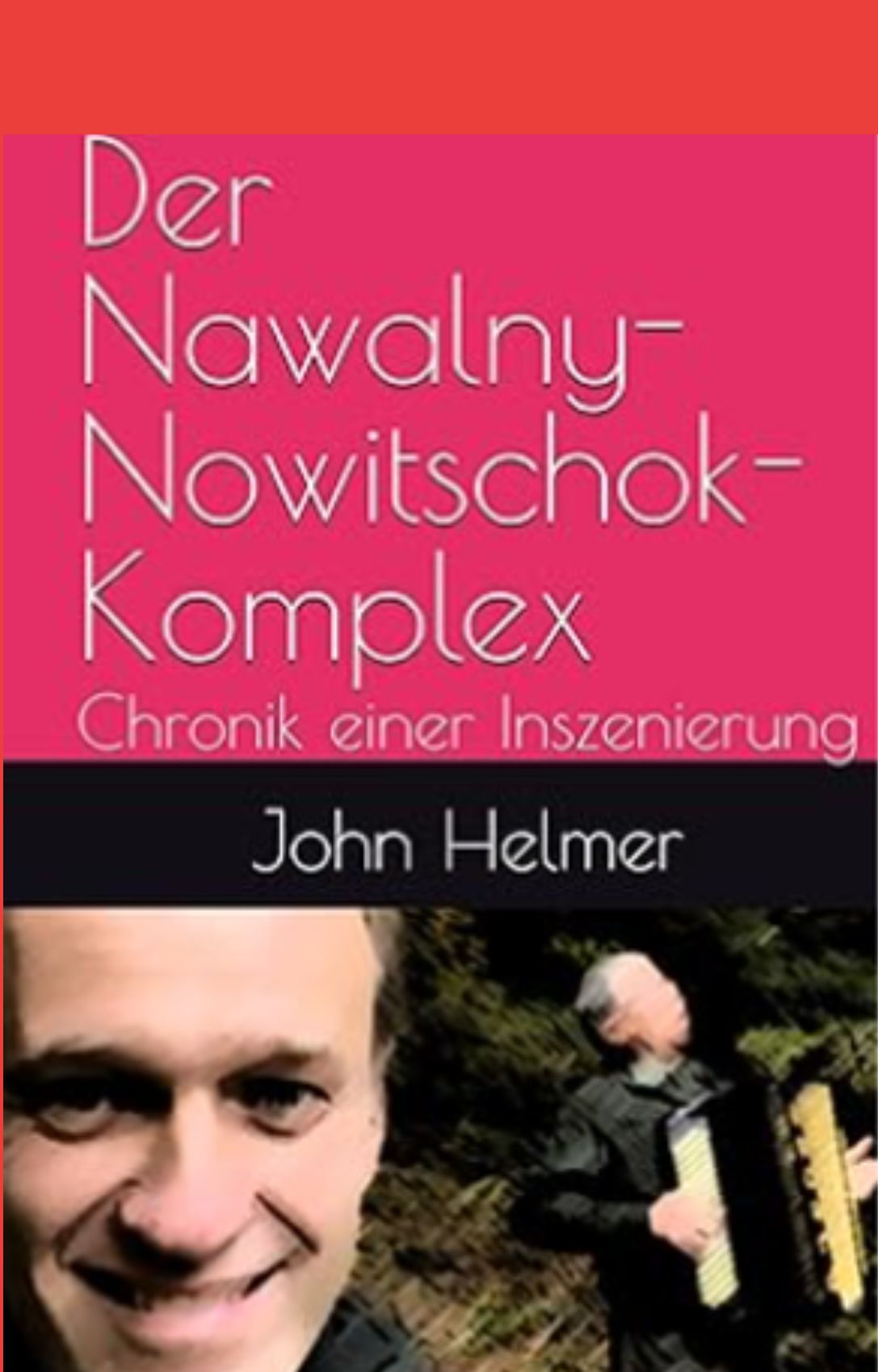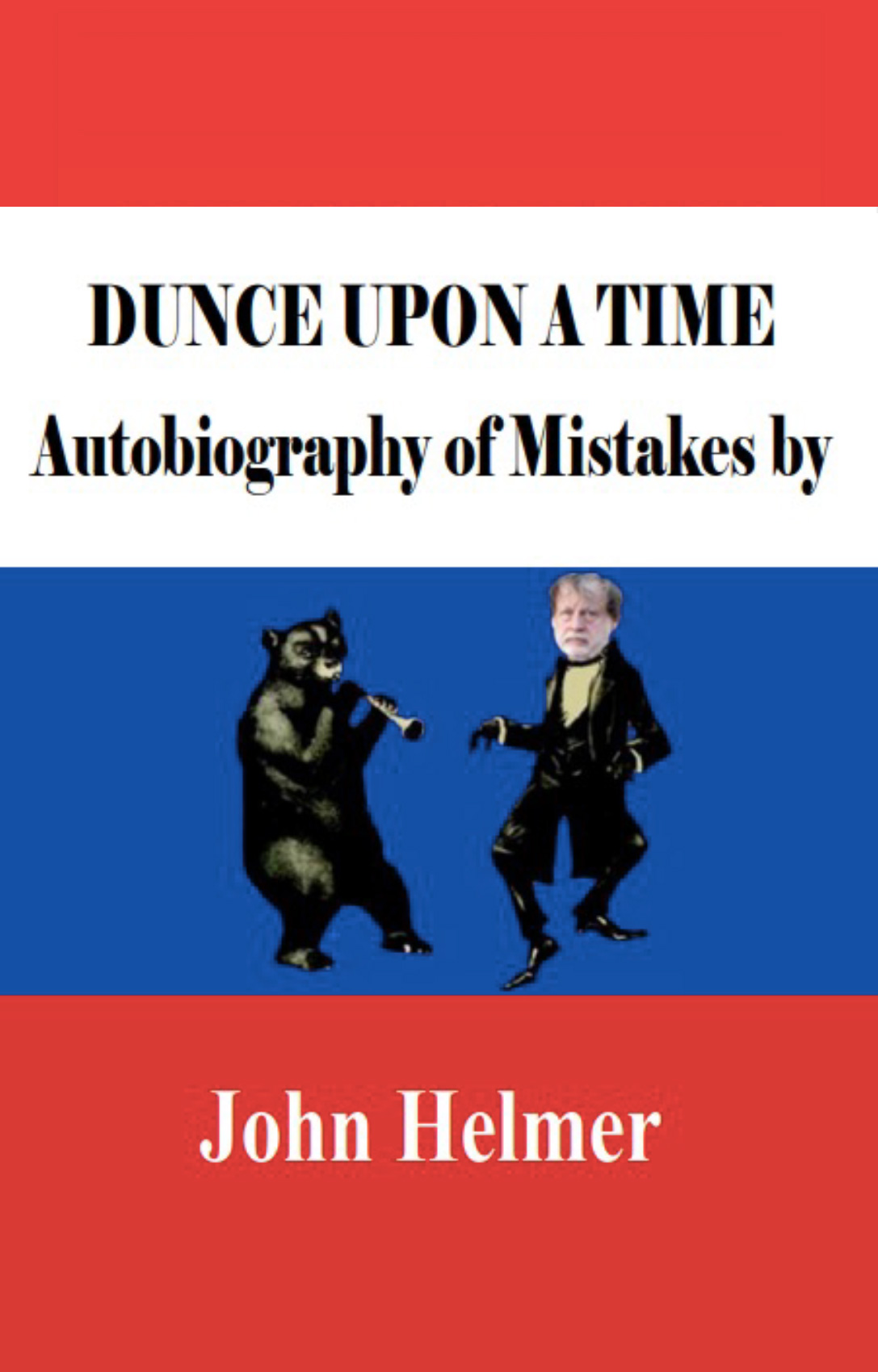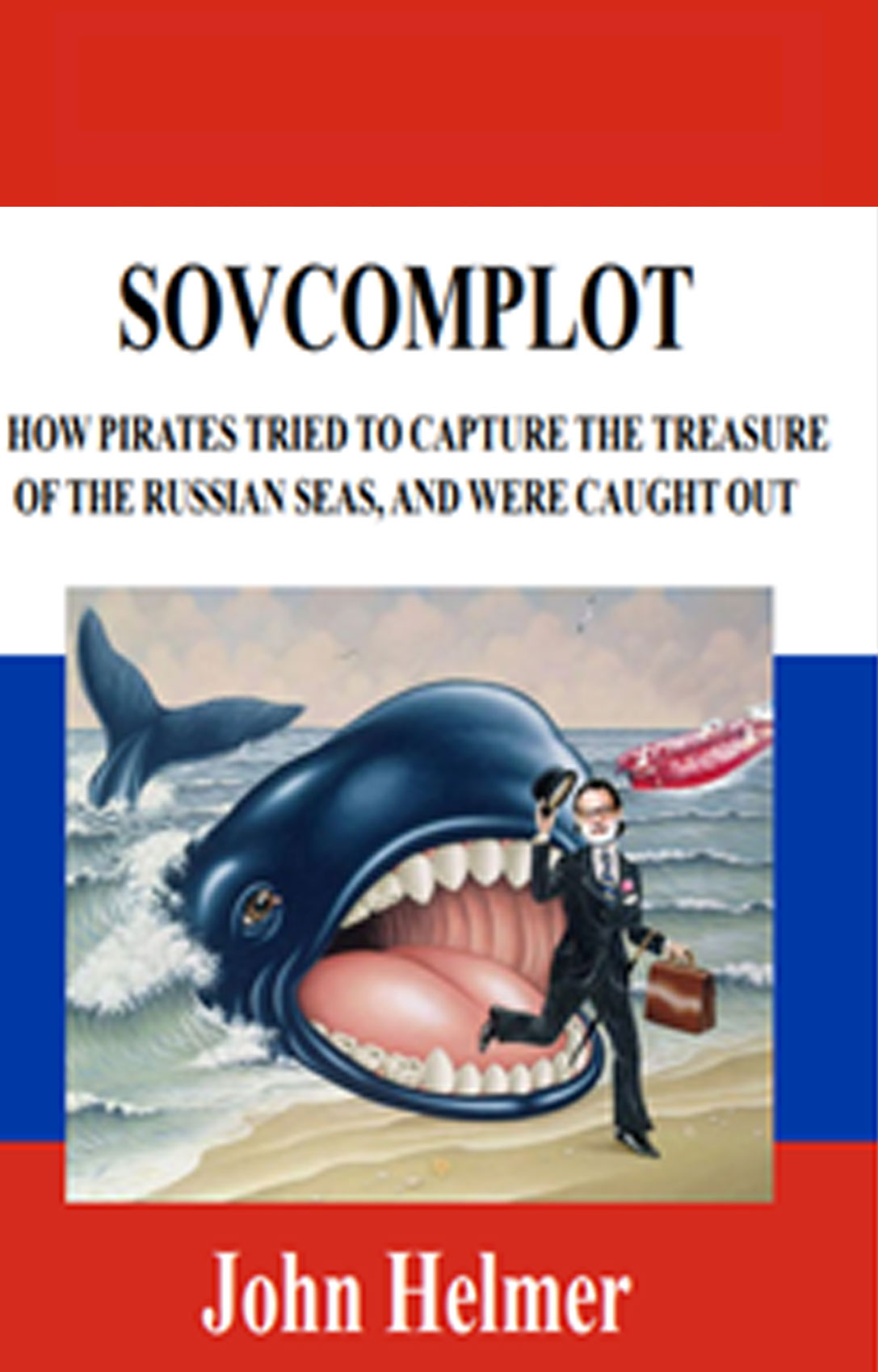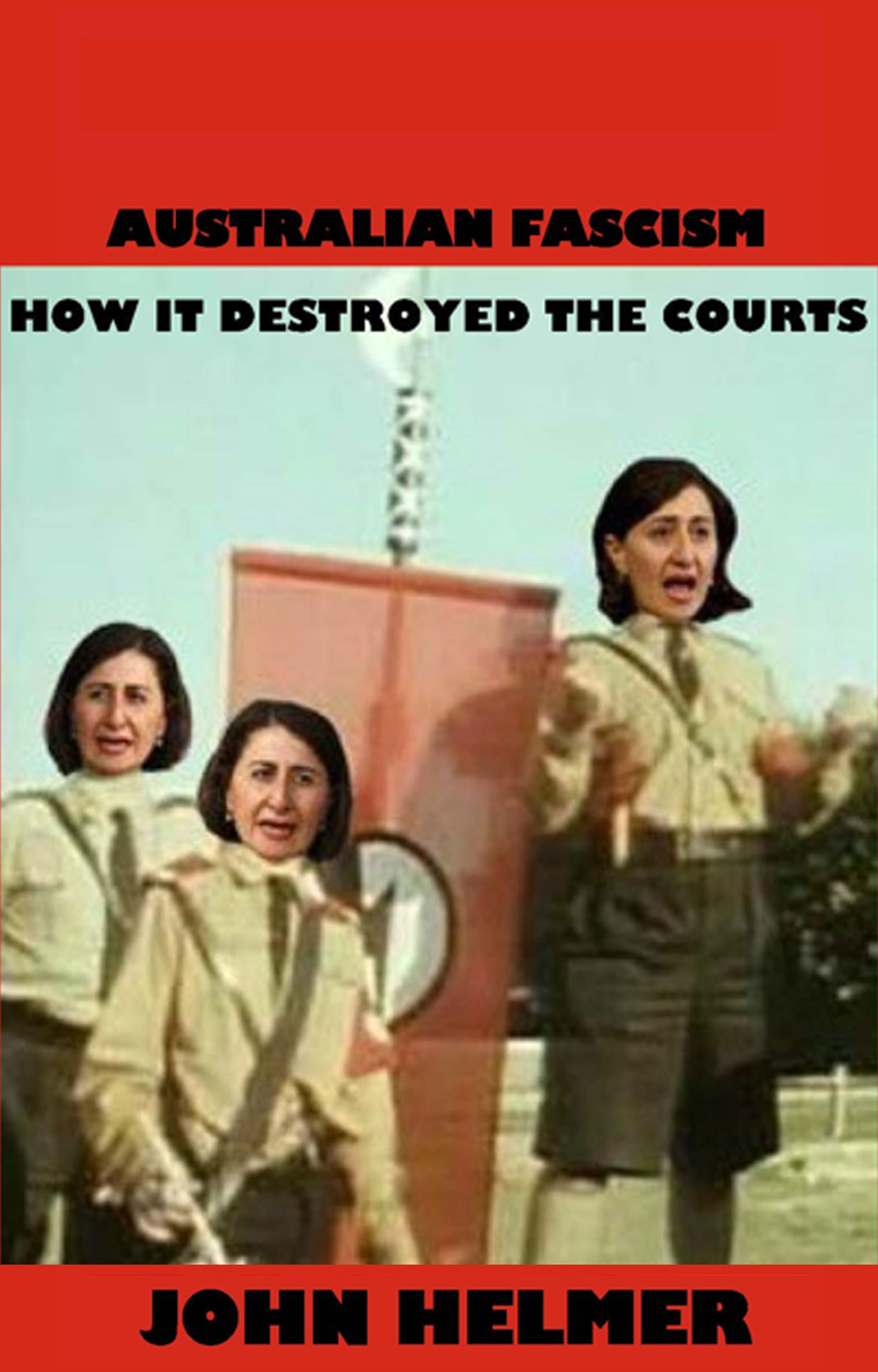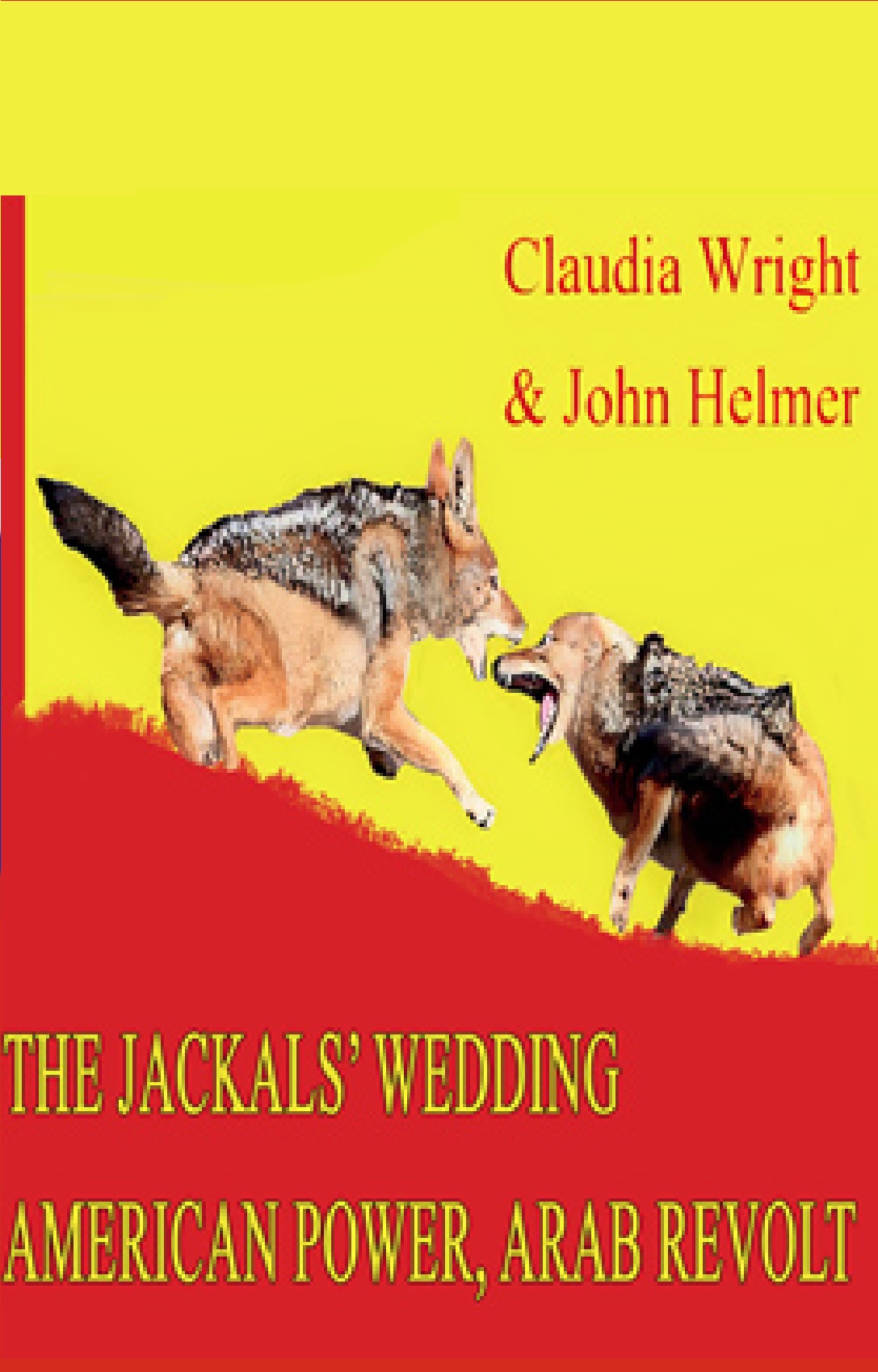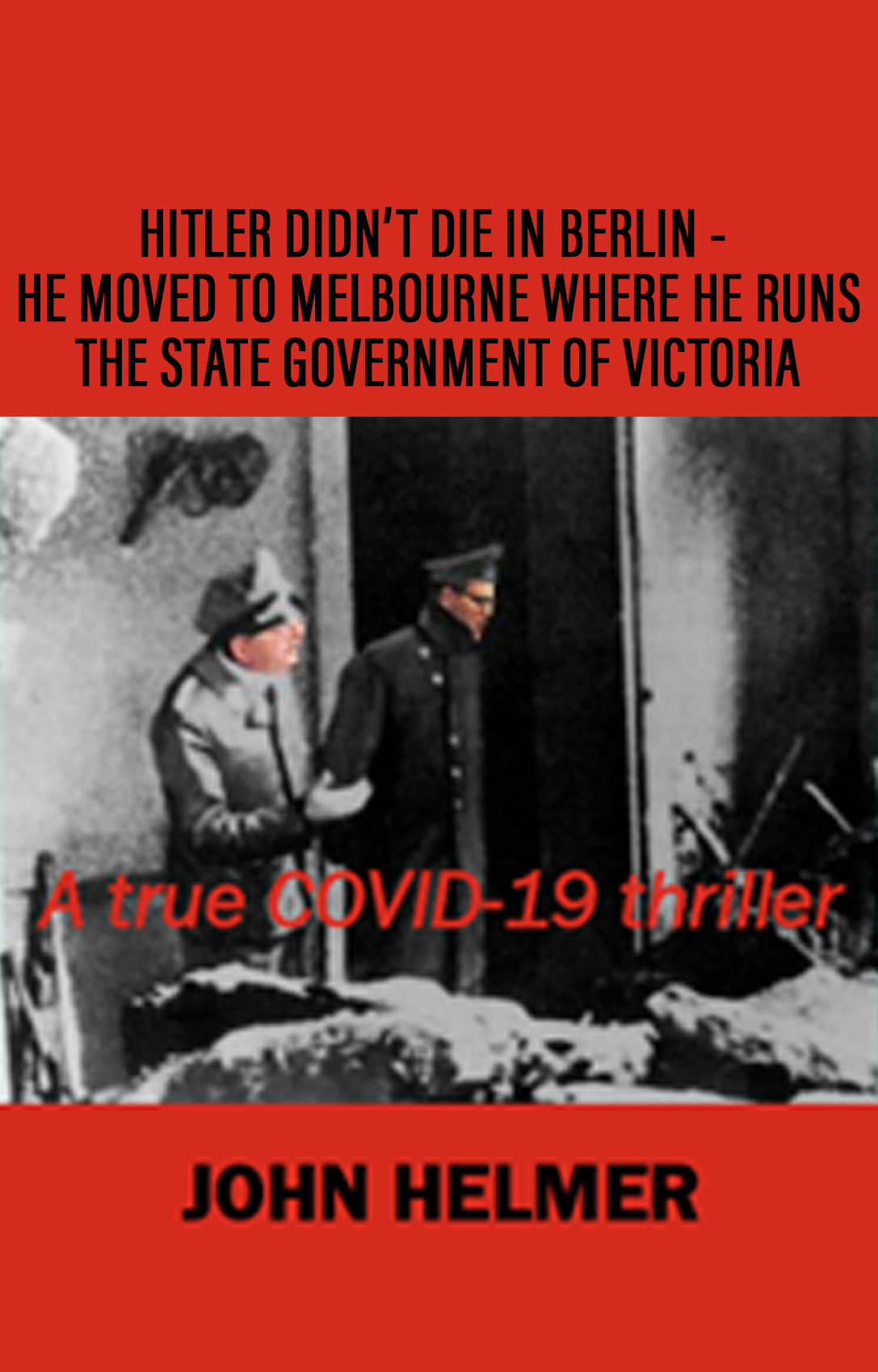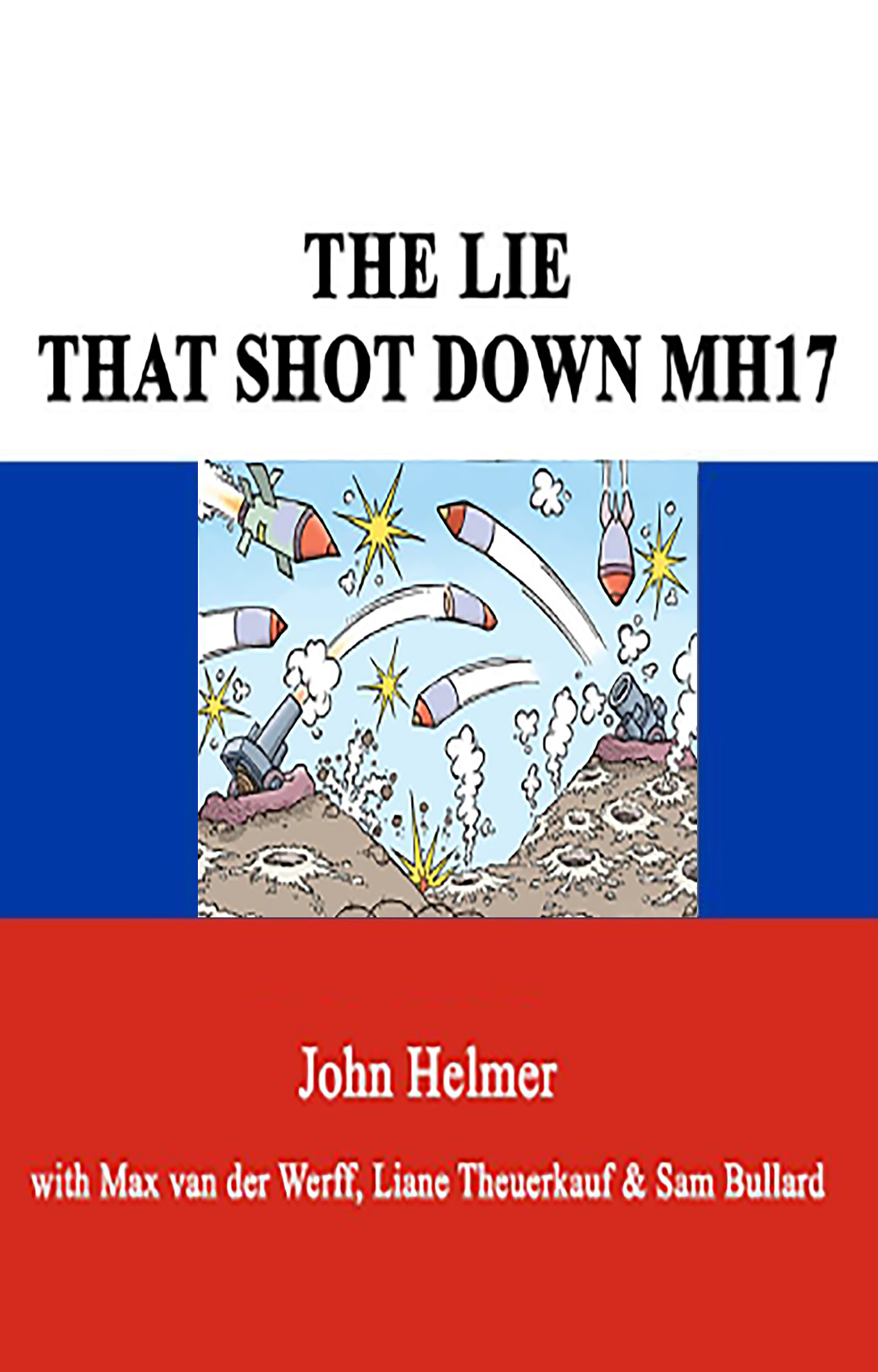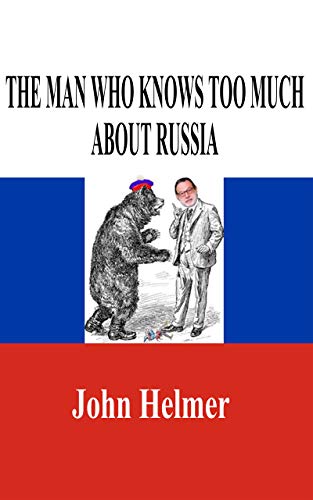
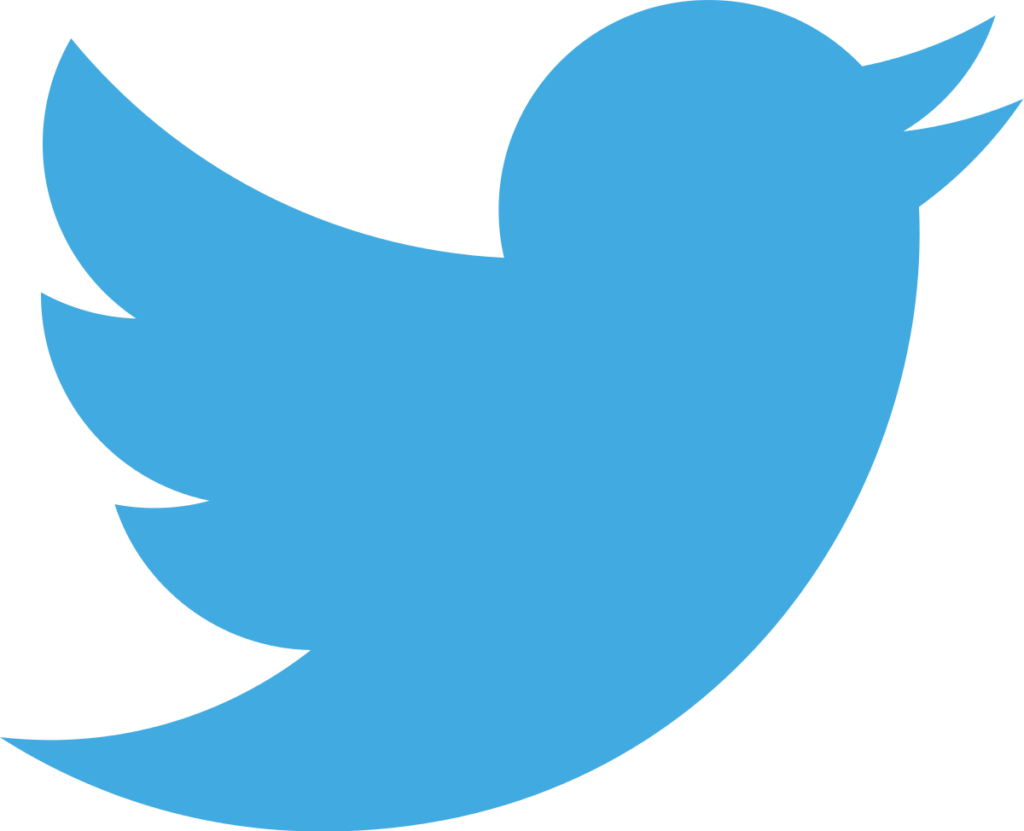
By John Helmer, Moscow
@bears_with
When Russia’s master icon painters depicted the male and female faces which are sacred in the Russian Orthodox Church, the noses were always columnar — a long, narrow bridge without curvature – ending in a pointed tip; the lips were exactly as wide as the nostrils on either side of the nose, and the lower lip was full. The cheeks were flat without the prominence of either zygomatic (cheek) bones or flesh. The eyes were always almond-shaped, open without hood (dermatochalasis). The lacrimal caruncle, the tiny circle of flesh in the corner of the eye, did not appear in icons until the seventeenth century.*
The forehead is usually wrinkle-free except that the Mother of God of Kazan displays a vertical line between and above the eyebrows. That glabellar or frown line isn’t from nature; it symbolizes different things, depending on the school of icon painters who painted her.
Realism in icons changes with time just as the secular standard of beauty does in the face. Rank and class, with the money to make plastic change and cosmetic repair, are eternal. Today, with more cash in their pockets, time to expose their skins to the sun on holiday, and the aspiration to rise in social class and display their mobility, Russian men and women are buying more botulinum toxin drugs than ever before. In the latest report this month, consumer spending and unit sales for these drugs are currently jumping by more than a third over the levels recorded a year ago; they have more than doubled since the war began in 2022.
Popularly known by the Botox brand name, these drugs are injected in time series to erase wrinkles in the muscular movement of the face, cause lips to pout, and lift hoods over the eyes. Botox is also used to stop excessive sweating, twitching, and drooling. These can be symptoms of post-traumatic stress syndrome among soldiers returning from the war fronts, but they aren’t the drivers of the Russian Botox boom.
This is not only a boom in consumption of the drugs on the faces of men and women. It is a boom for Russian pharmaceutical companies to replace French, South Korean, Chinese and other imports of Botox-type pharmaceutical drugs which have been blocked by sanctions: growth in sales for these Russian Botox makers has been jumping – over the past year, 46% and 63% for the two leading Botox substitutes, Relatox and Miotox. Also, these products pack three to four times more punch in every shot, or so the Russian marketers, experts and clinics selling cosmetic treatments and plastic surgery are claiming.
The Russian Botox comes to the people from the people; that’s to say the state. Relatox, first started in the market in 2014, is manufactured by Microgen, a subsidiary of the state conglomerate, Rostec. Miotox is produced by the Chumakov Scientific Research Institute of the Russian Academy of Sciences, a national leader for research in medical virology, manufacturer and marketer.
When Rostec’s chief executive, Sergei Chemezov, met President Vladimir Putin this month for their annual review of Rostec’s operations, Chemezov mentioned his group’s medical technology contributions to the war, including a new histological data scanner, bioelectric prosthetic devices, and “sponsored trips to health resorts”. The Kremlin communiqué doesn’t report whether they discussed the boom in Relatox. .
The face-saving claims, not to mention the adverse side effects and the spread of counterfeit drugs, are sensitive subjects which the experts are willing to discuss in the press. There are greater sensitivities, however. Nikolai Bespalov, an author of the latest Botox market report by RNC Pharma in Moscow, and Natalia Goltyakova, chief executive of the GMT Clinic, were asked what are the social class dynamics of the Botox boom, and what oligarch groups are active in the market in combination or competition with Rostec and Chumakov, but they refused to answer.
(more…)









